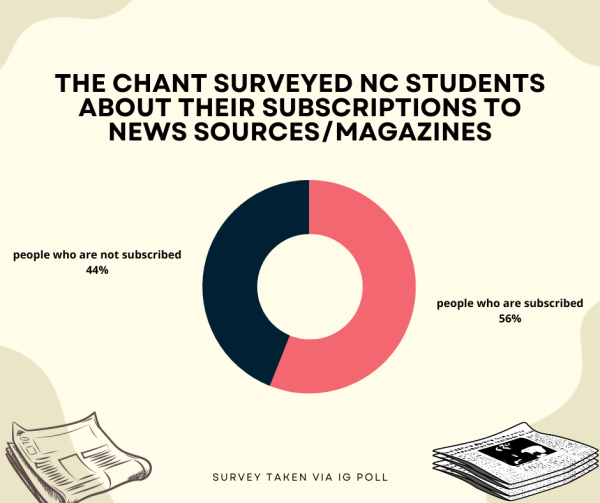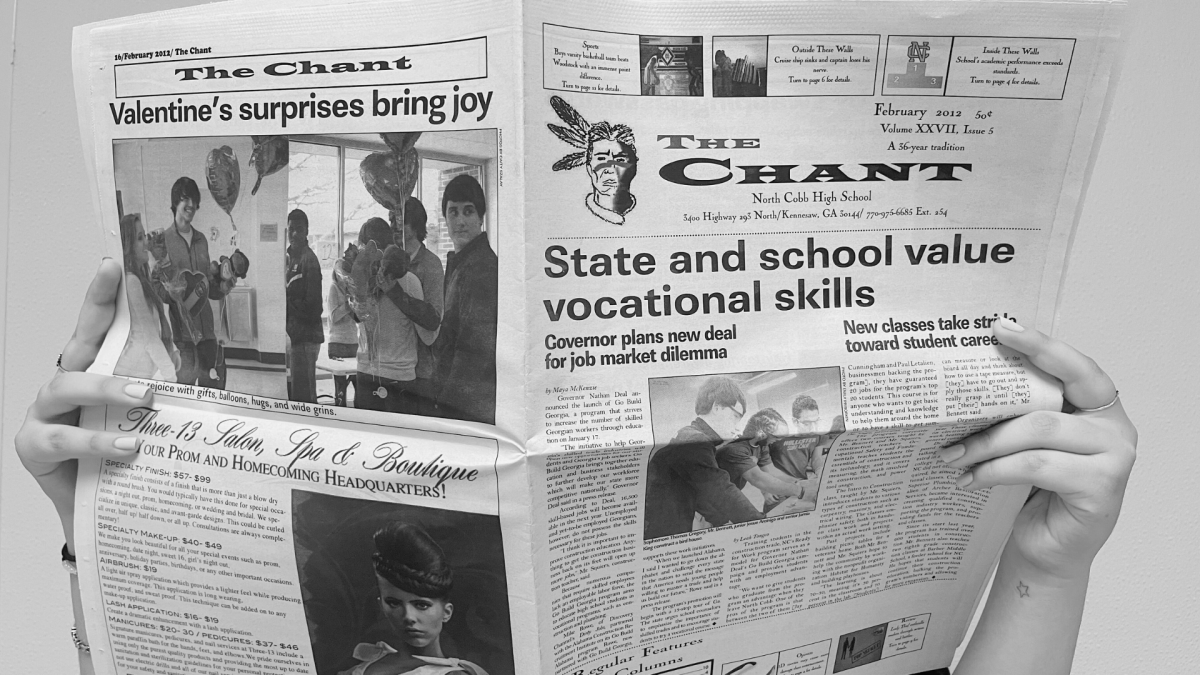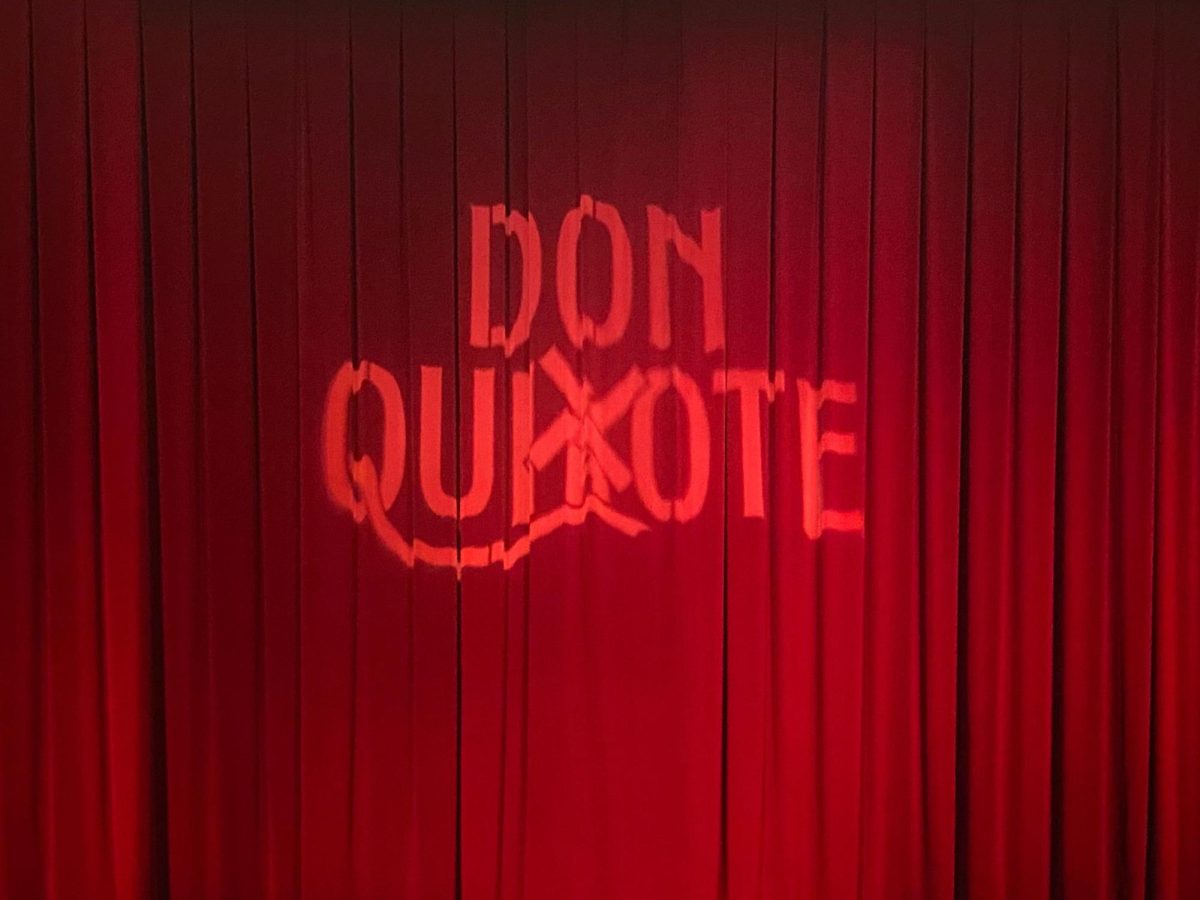From writing five-page research papers in English classes to learning about former President Donald J. Trump’s indictment, people rely on forms of journalism to receive information. Though younger generations may not read physical newspapers, they visit news sites such as The New York Times and The Huffington Post to increase their awareness. Moreover, society has witnessed people accessing news in various and modern ways. These recent changes in media have raised concerns over the possibility of journalism’s decline.
Although only 23% of Americans read physical newspapers, 53% of Twitter—now recognized as X—users use the app for news purposes. Despite the common notion of not believing any and every media seen online, numerous politicians, celebrities and even news sources utilize social media apps to inform and communicate with the public.
Before and during Trump’s presidency, Twitter became a way for constituents to understand Trump’s policies and intentions. The former president used the app relentlessly—about 276 tweets per month— to communicate with the American people. Since then, he has transformed the expectations of how American presidents relay information and altered how American people receive their news.

“I use newspapers for informational essays in school. You can’t trust social media. Newspapers have real people writing them. Most of the writers are primary sources and are there witnessing it. If I didn’t have a phone I’d probably be reading a newspaper right now. Because of phones, nobody reads those actual paper newspapers that they throw in your driveway. Like back in the old days, how do you think people got their information? Newspapers,” freshman Brianna Buranich said.
Nevertheless, people have begun to question media sources and their validities. Although social media can seem valuable for finding information or reading about a celebrity or politician’s recent posts, looking toward the media for information on actual events has become less favorable. People have scrutinized sources such as Fox News for spreading misinformation about climate change and other important topics. These critics look toward sources such as YouTube for live videos about situations rather than referring to news anchors for information. Watching news events such as hearings in Congress in live view allows for open interpretations and extinguishes the possibility of news-anchor bias.
“If you’re seeing the ball drop, you don’t want to see it 10 years later. I like live journalism because it’s actually happening right then and you get to know what’s happening. If news anchors are telling you that there are zombies, they don’t have a video so they could be lying. I would prefer a video about it so I can see it for myself and I think most people would too,” Buranich said.
The use of journalism has not so much as decreased but rather has altered its forms. As society progresses further into the Internet Age, people will inevitably expect social media to contain everyday news. Fortunately, rather than hiding away from reality, news sources have adapted to this change by partaking in various apps such as TikTok and Instagram. Society can expect to see new content on social media rather than traditional newspapers.










